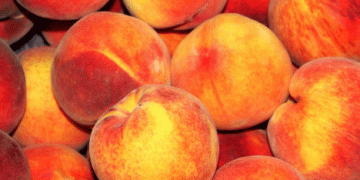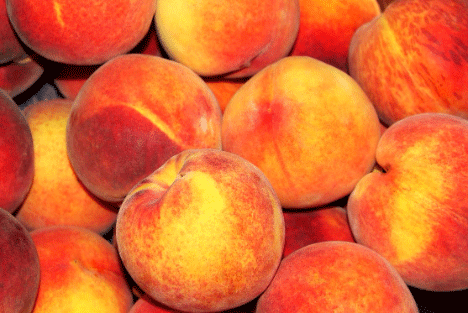France’s peach production is projected to rise by 4% in 2023, reaching an estimated 231,000 tons according to the French agricultural statistics service, Agreste. This increase comes despite a slight reduction in planted acreage, which now stands at 11,100 hectares, 1% smaller than the previous year. The abundant harvest is also 3% higher than the average production over the past five years (2019-2023).
Regional Production Highlights
The Occitanie region, which accounts for 45% of France’s total peach production, is leading this growth. After a particularly favorable blooming season, the region expects to harvest 103,200 tons of peaches and nectarines from 5,700 hectares of orchards. Specifically, 50,500 tons of nectarines and 50,100 tons of peaches are anticipated, reflecting the region’s critical role in French peach production.
While the increase in production is promising, it has also resulted in market tensions. The oversupply of peaches has saturated the French market, leading to a decline in average selling prices. This year, prices have dropped by 12% compared to 2022, and they are now 8% lower than the five-year average (2019-2023). Nectarines have been particularly affected, with steeper price declines reported.
Market Pressures and Producer Challenges
The oversupply has put significant pressure on French peach growers, many of whom are struggling to maintain profitability amidst falling prices. Although the larger harvest could have led to higher revenues, the saturated market has instead reduced profit margins. For many farmers, this situation highlights the volatility of agricultural markets, where favorable growing conditions can lead to unintended financial challenges.
France’s peach industry is also facing broader issues, including competition from other European producers and changing consumer preferences. While domestic production has increased, French peaches must compete with imports from Spain and Italy, two of Europe’s largest peach producers. In addition, shifting consumer demand for different varieties of fruit has further complicated market dynamics.


































